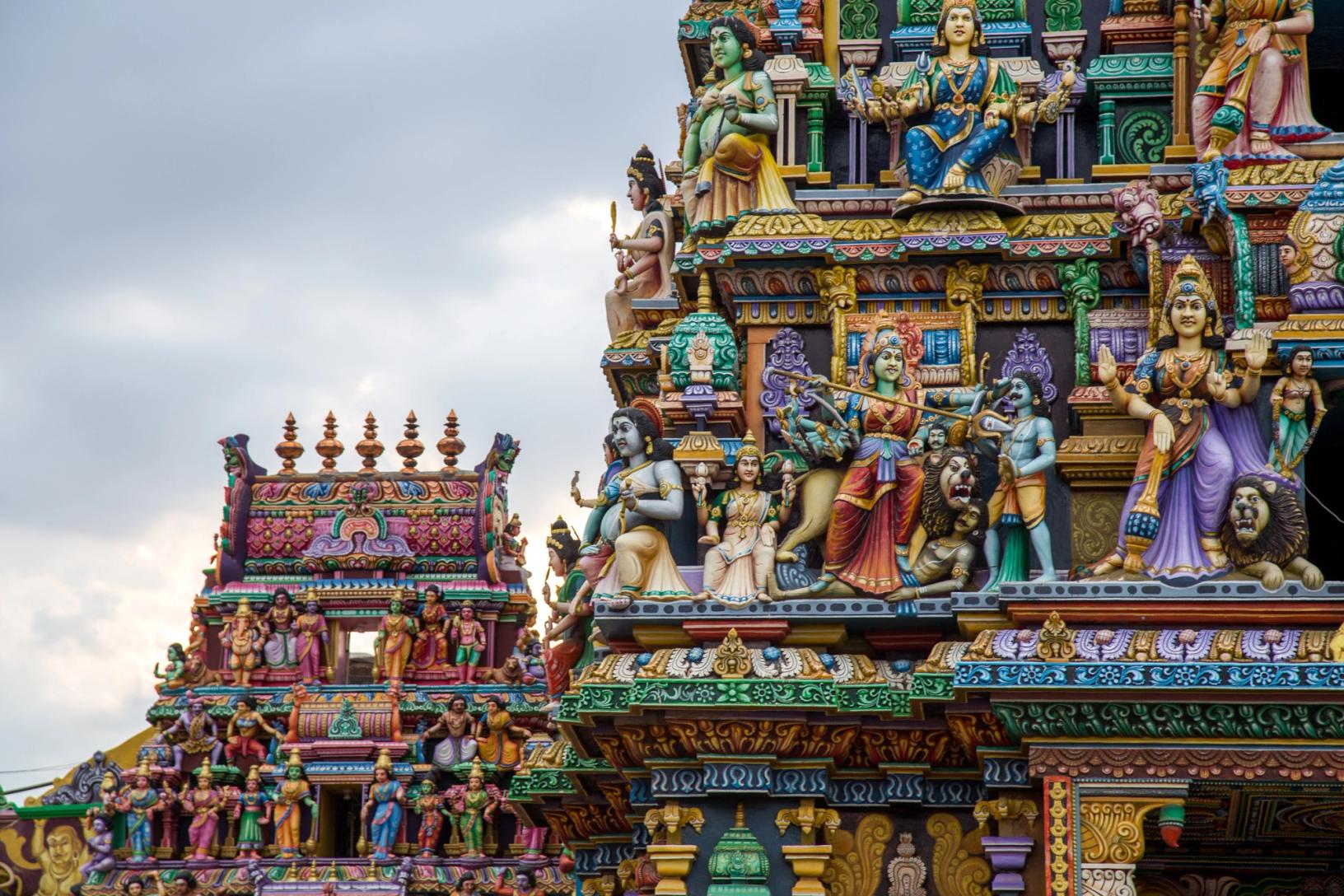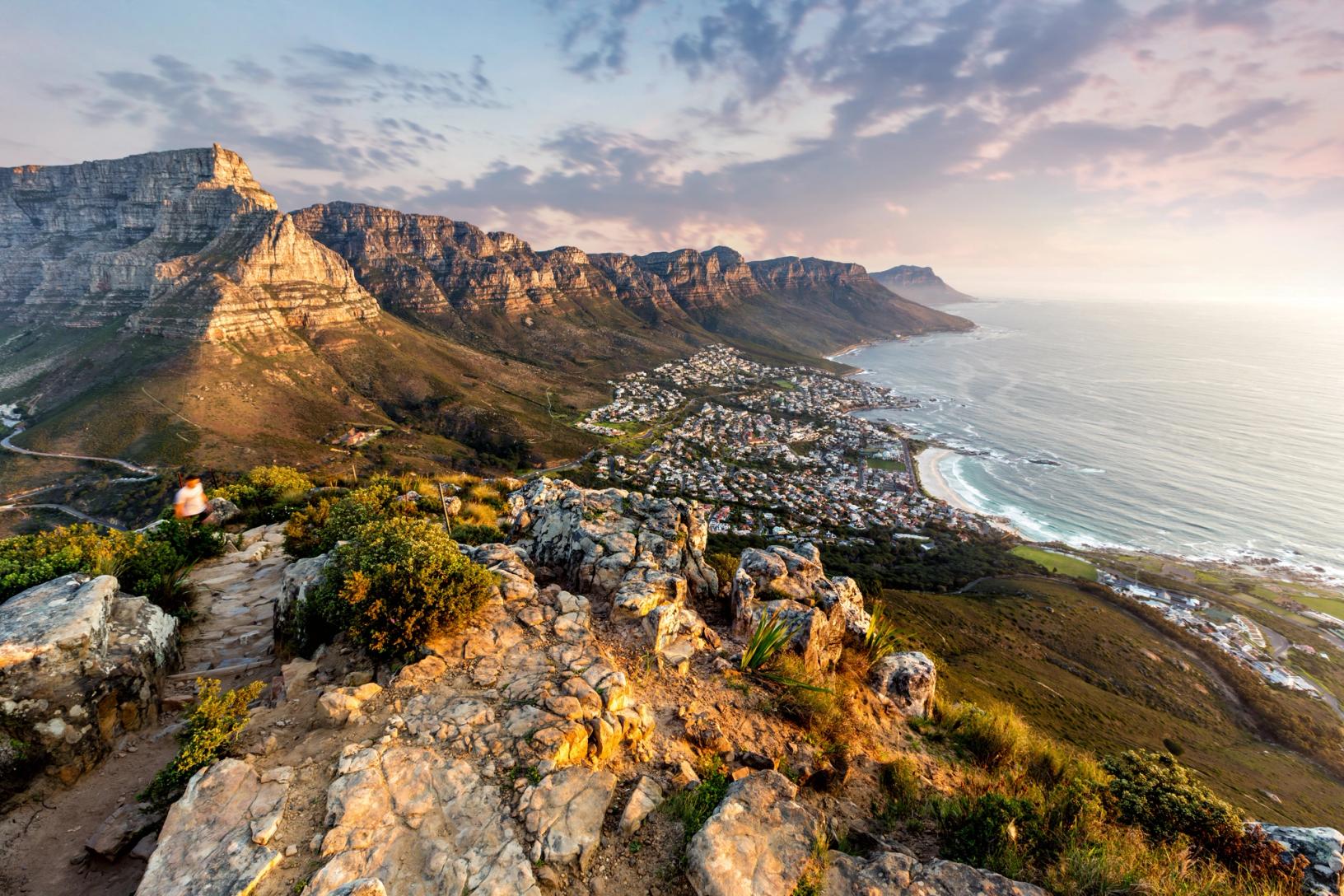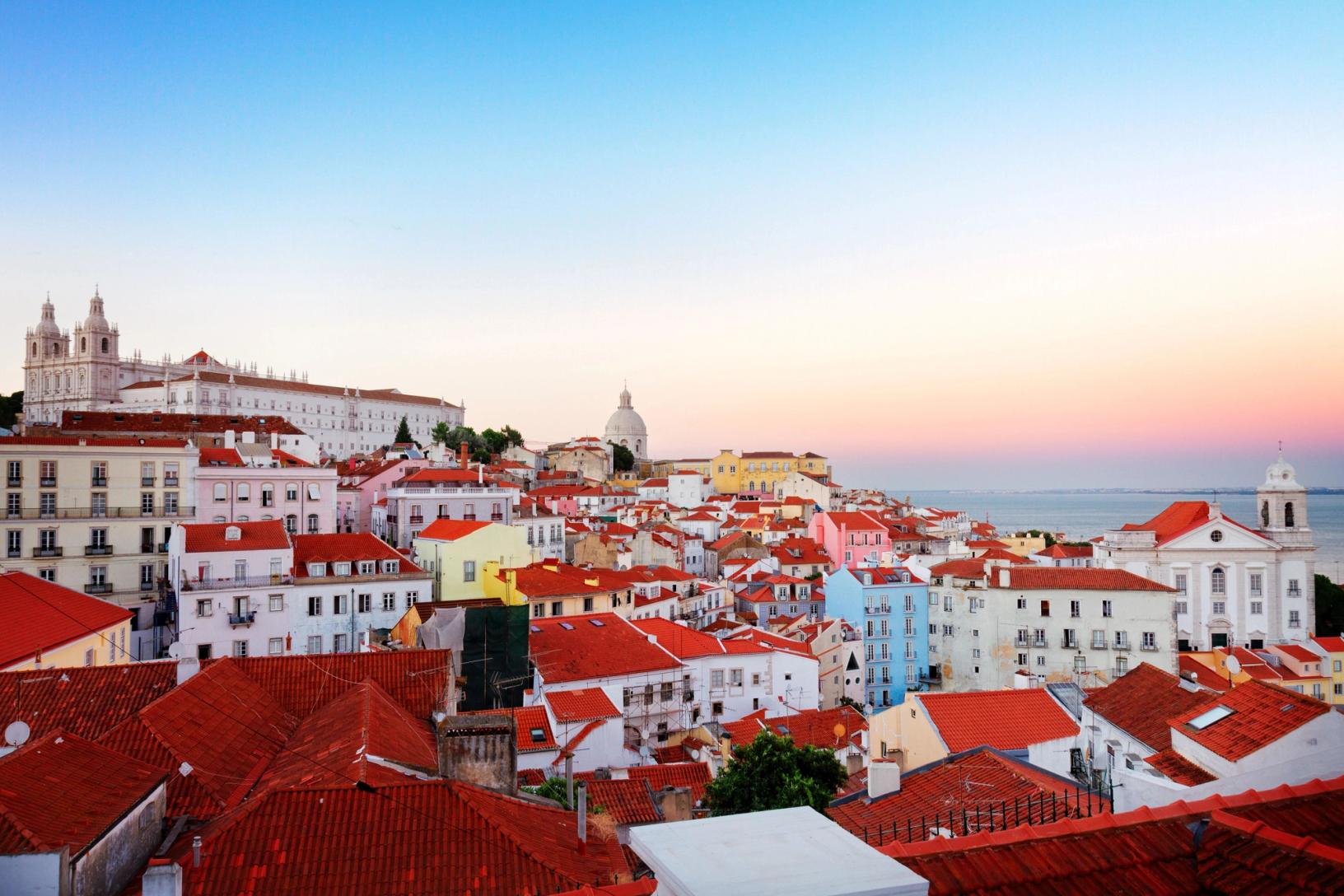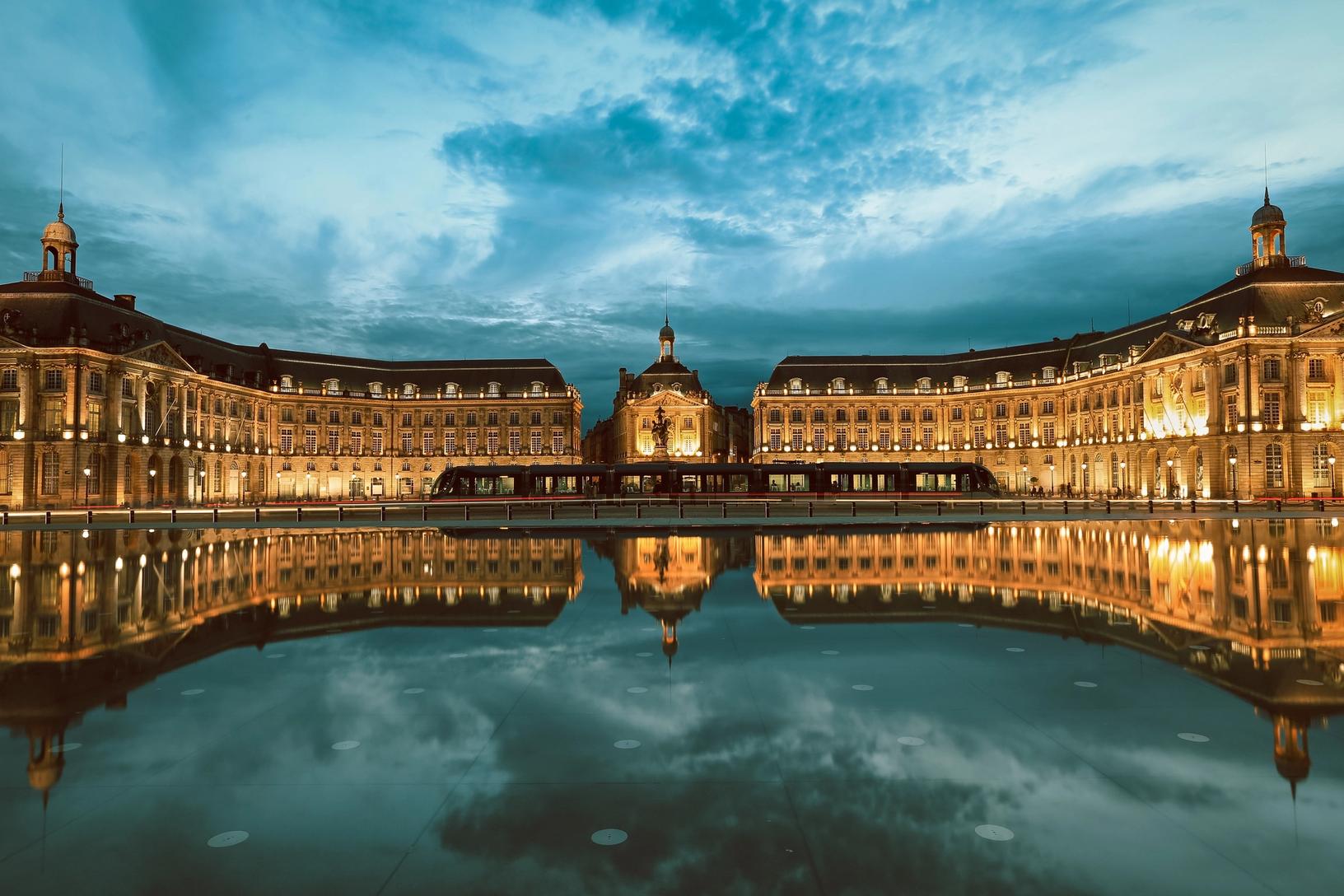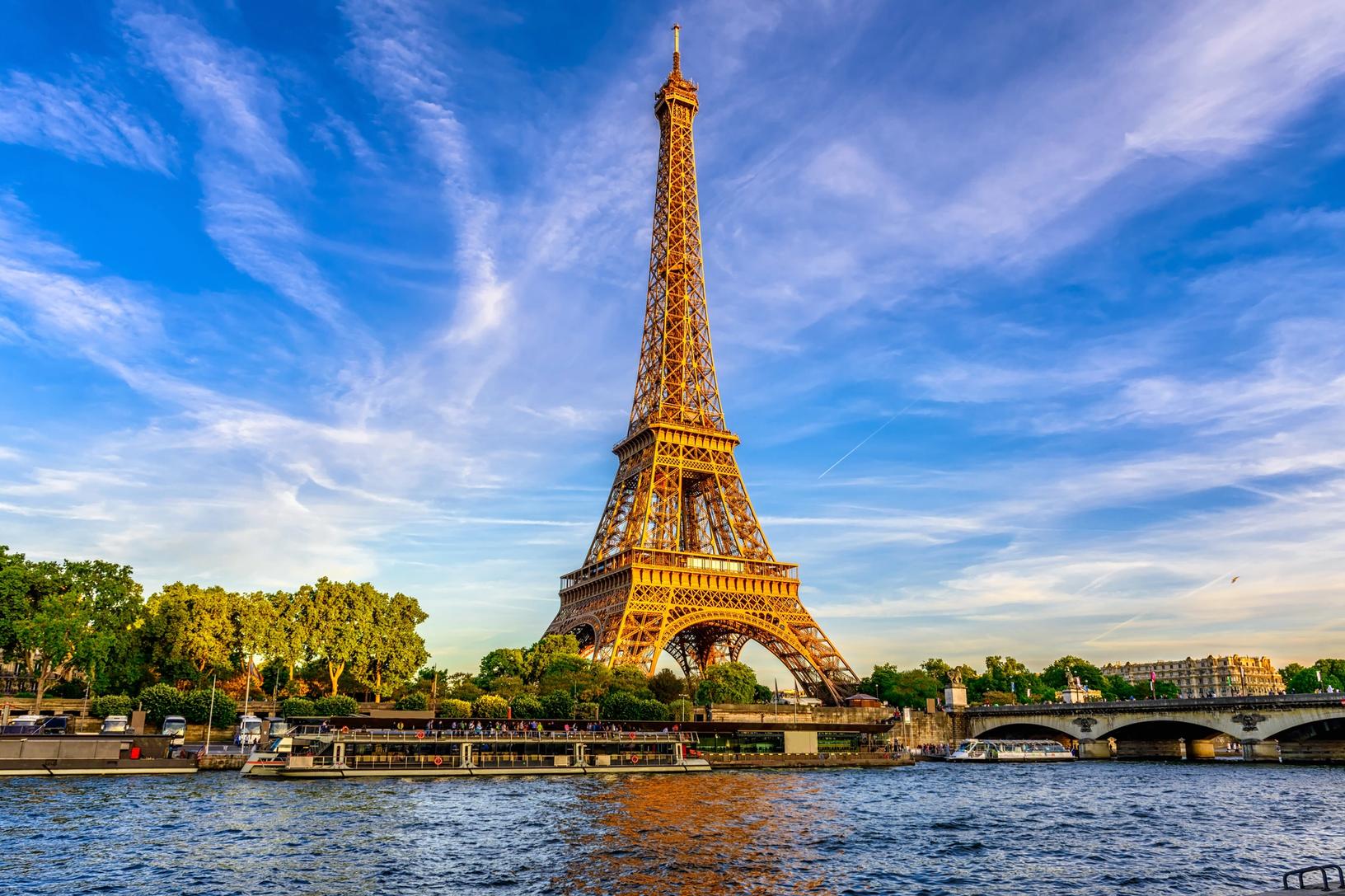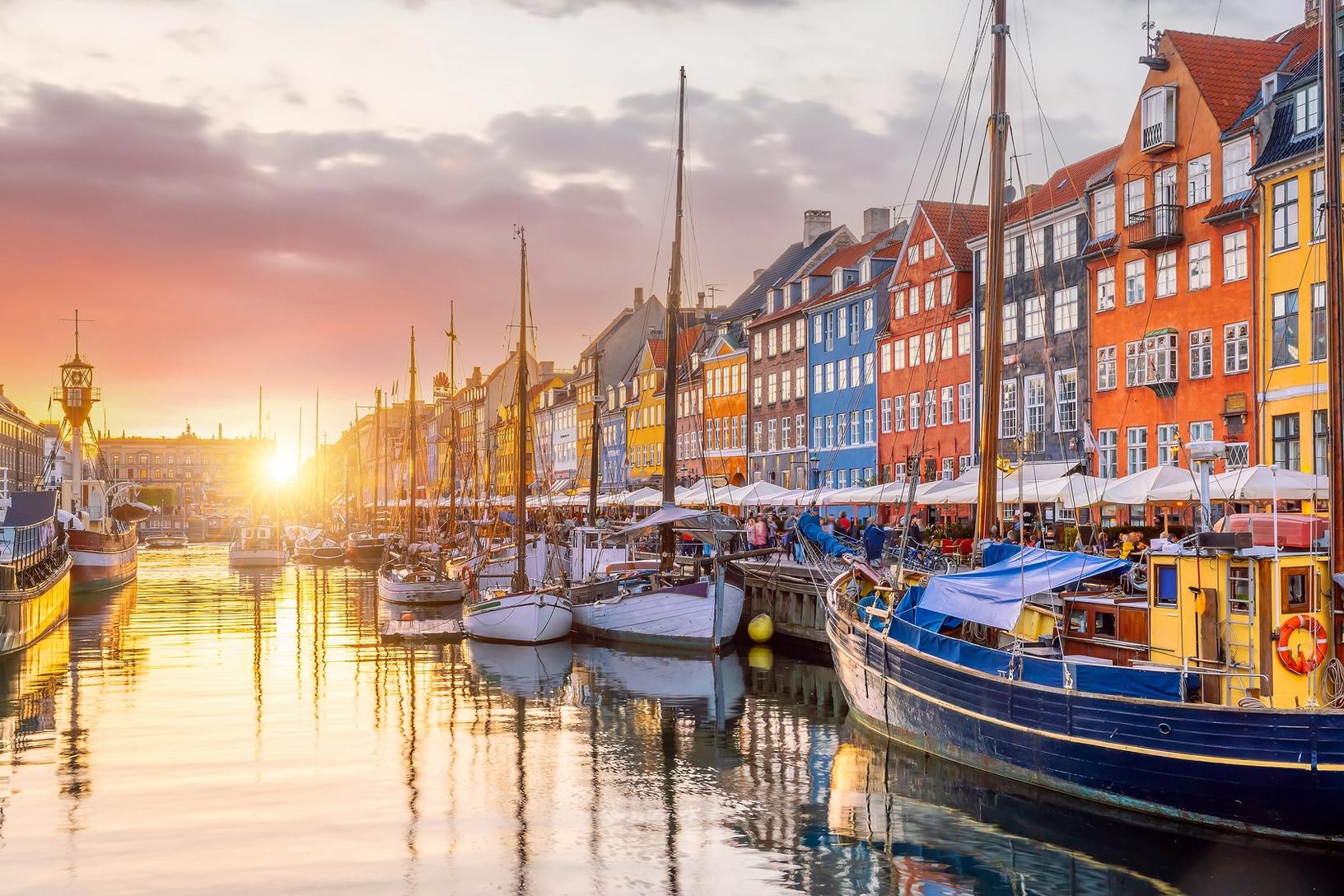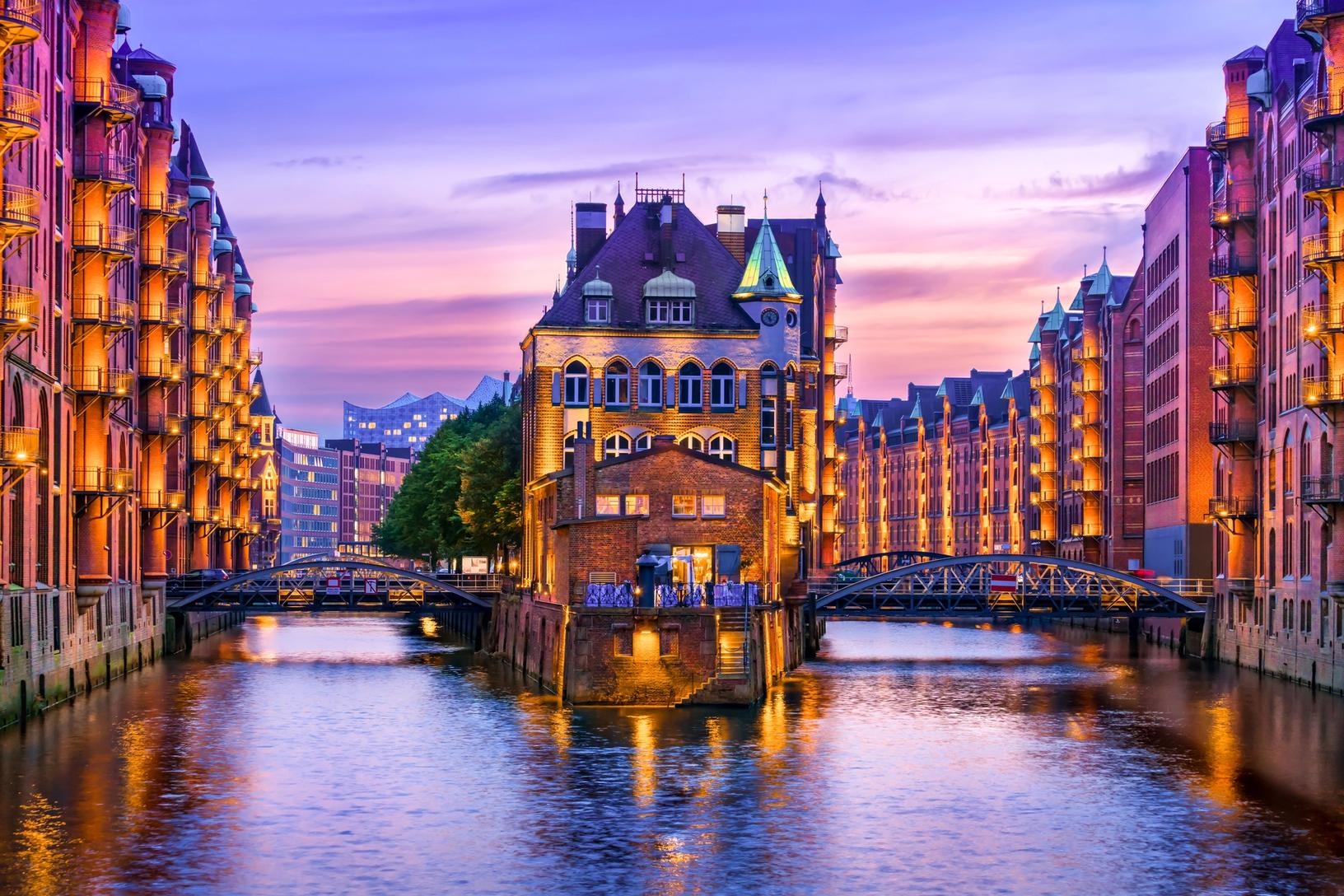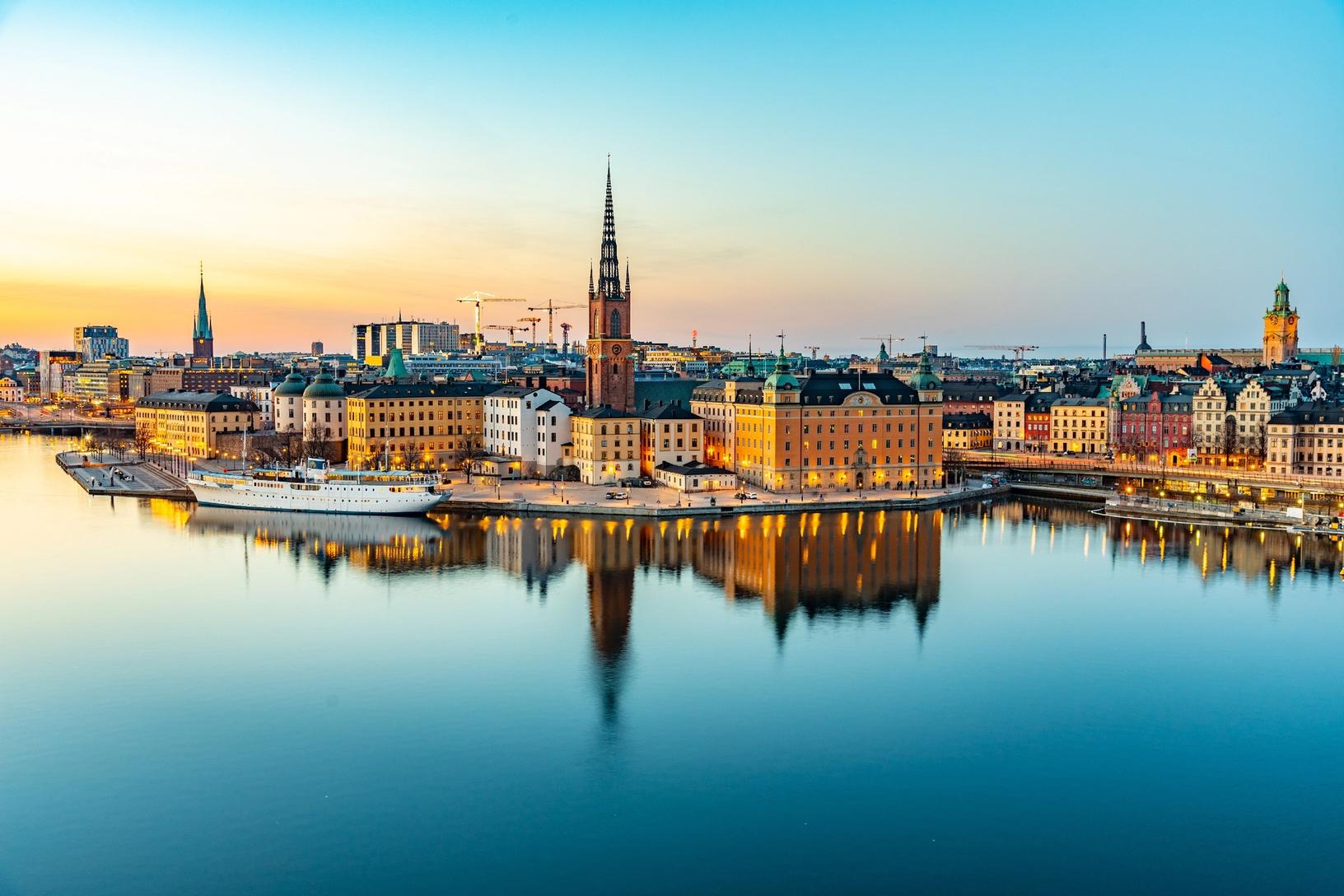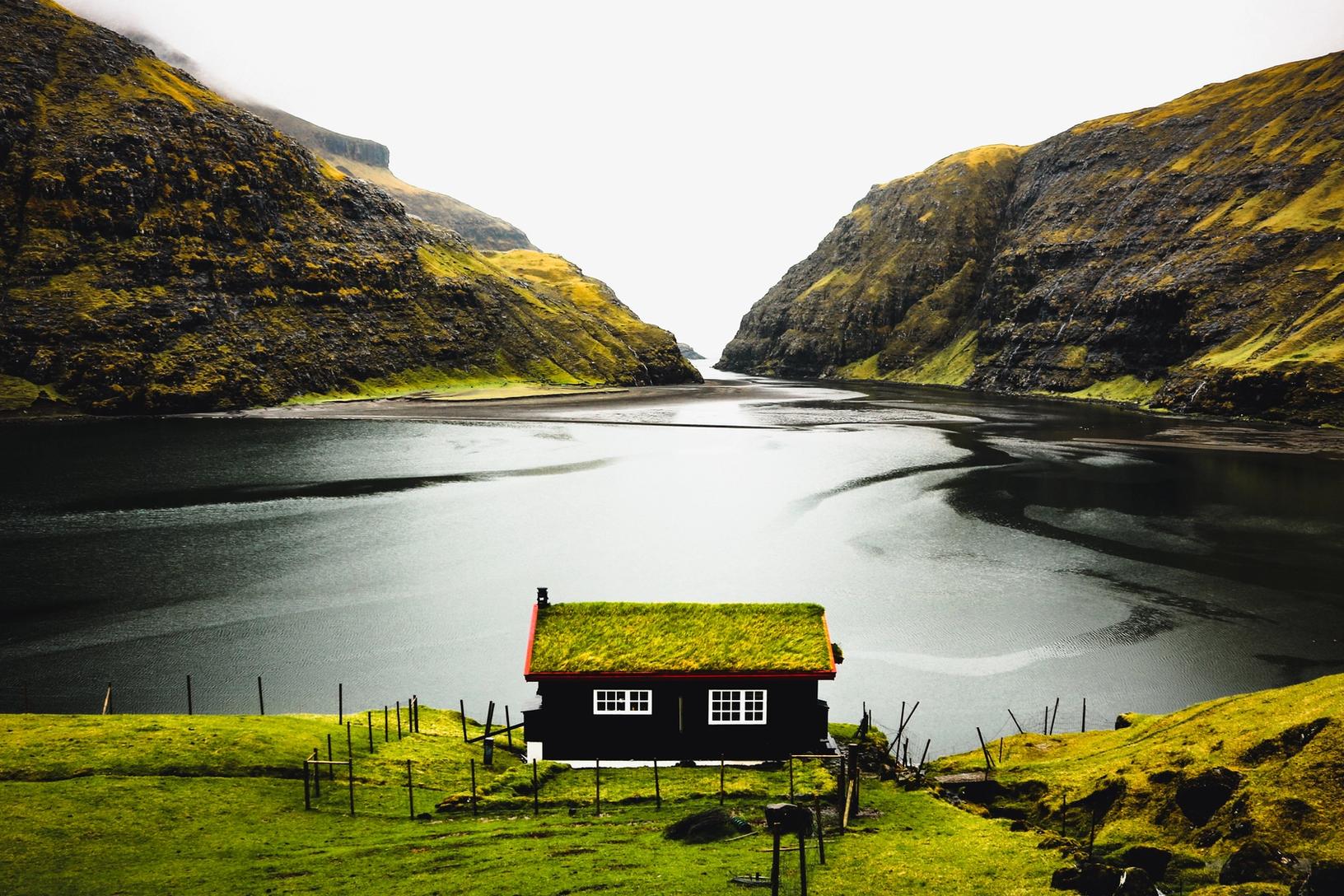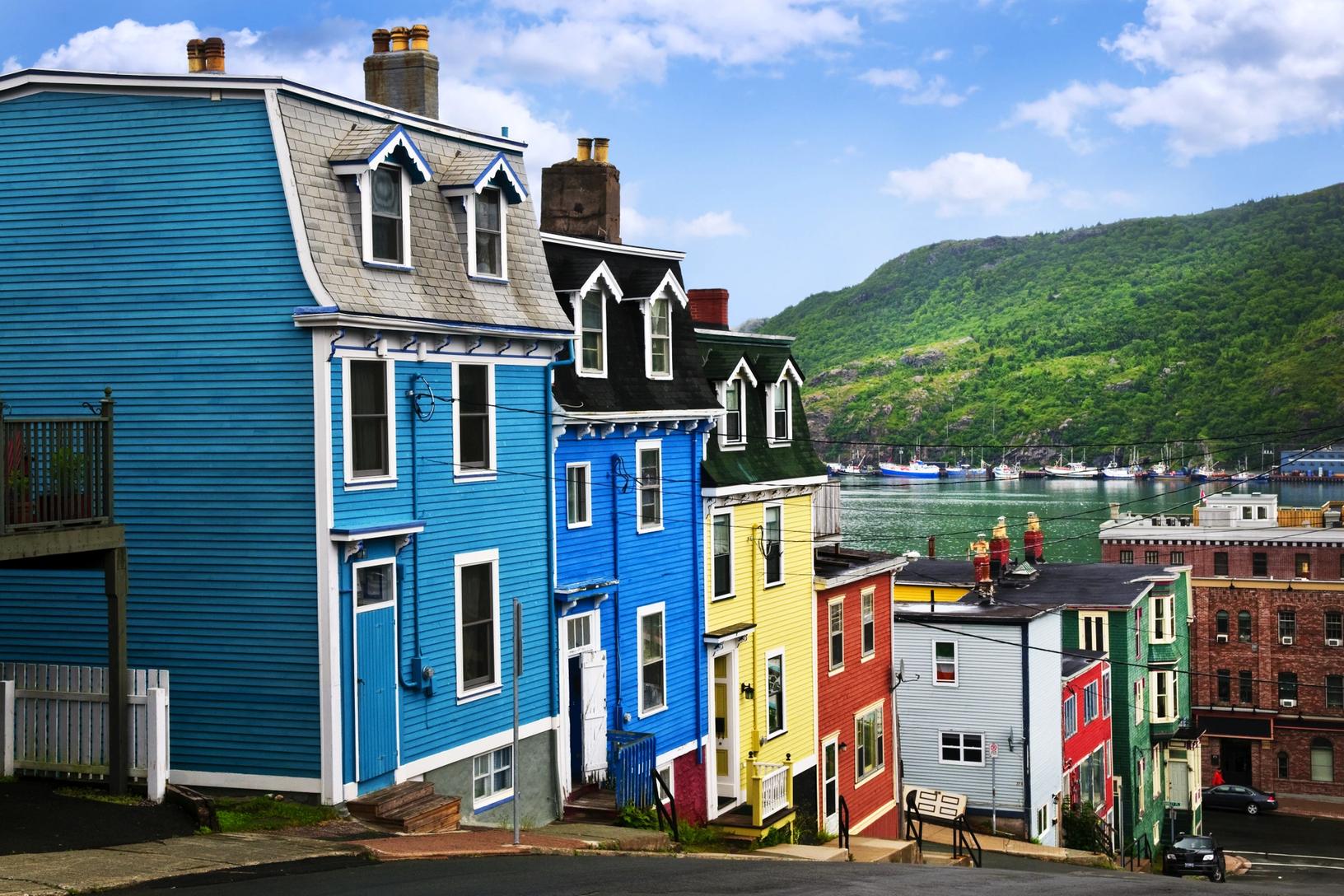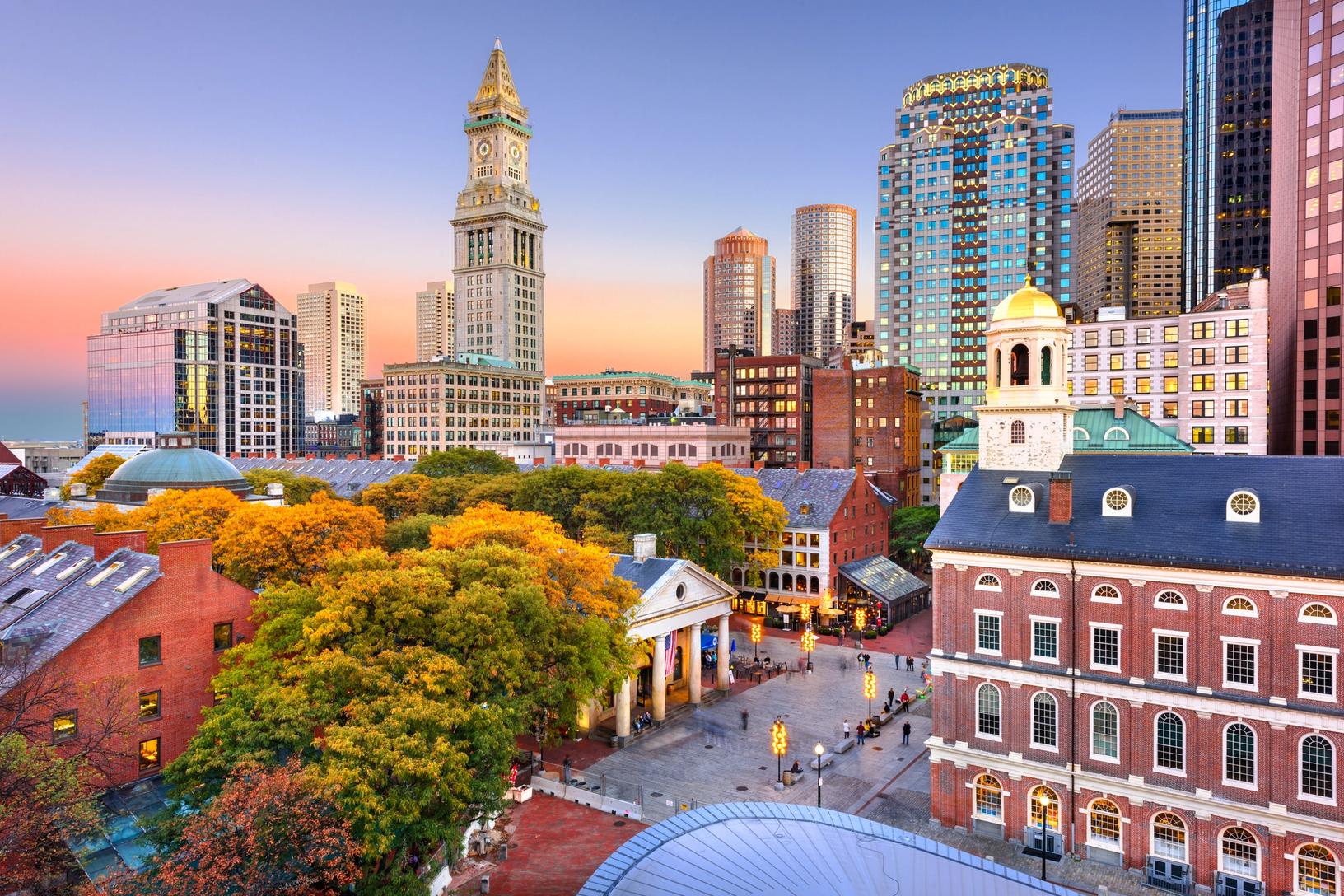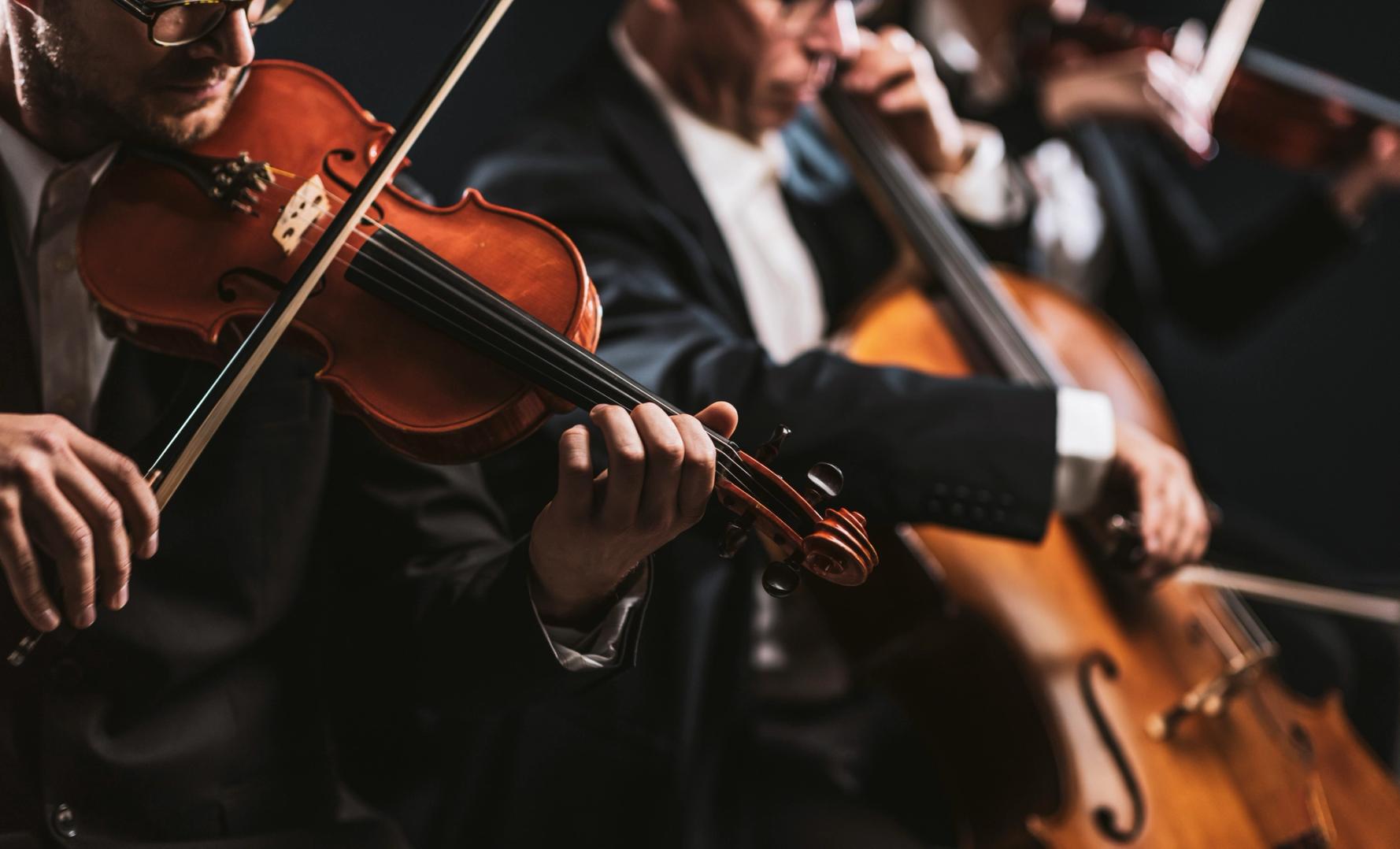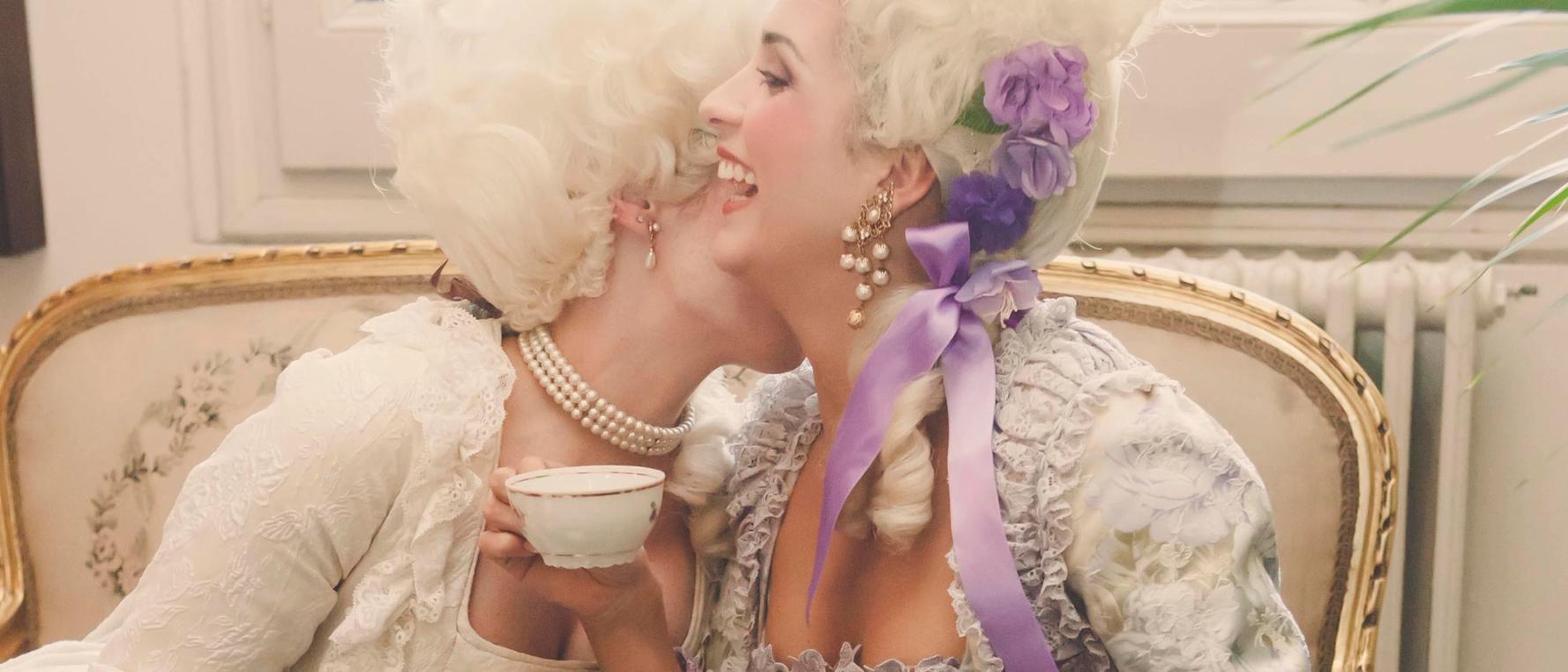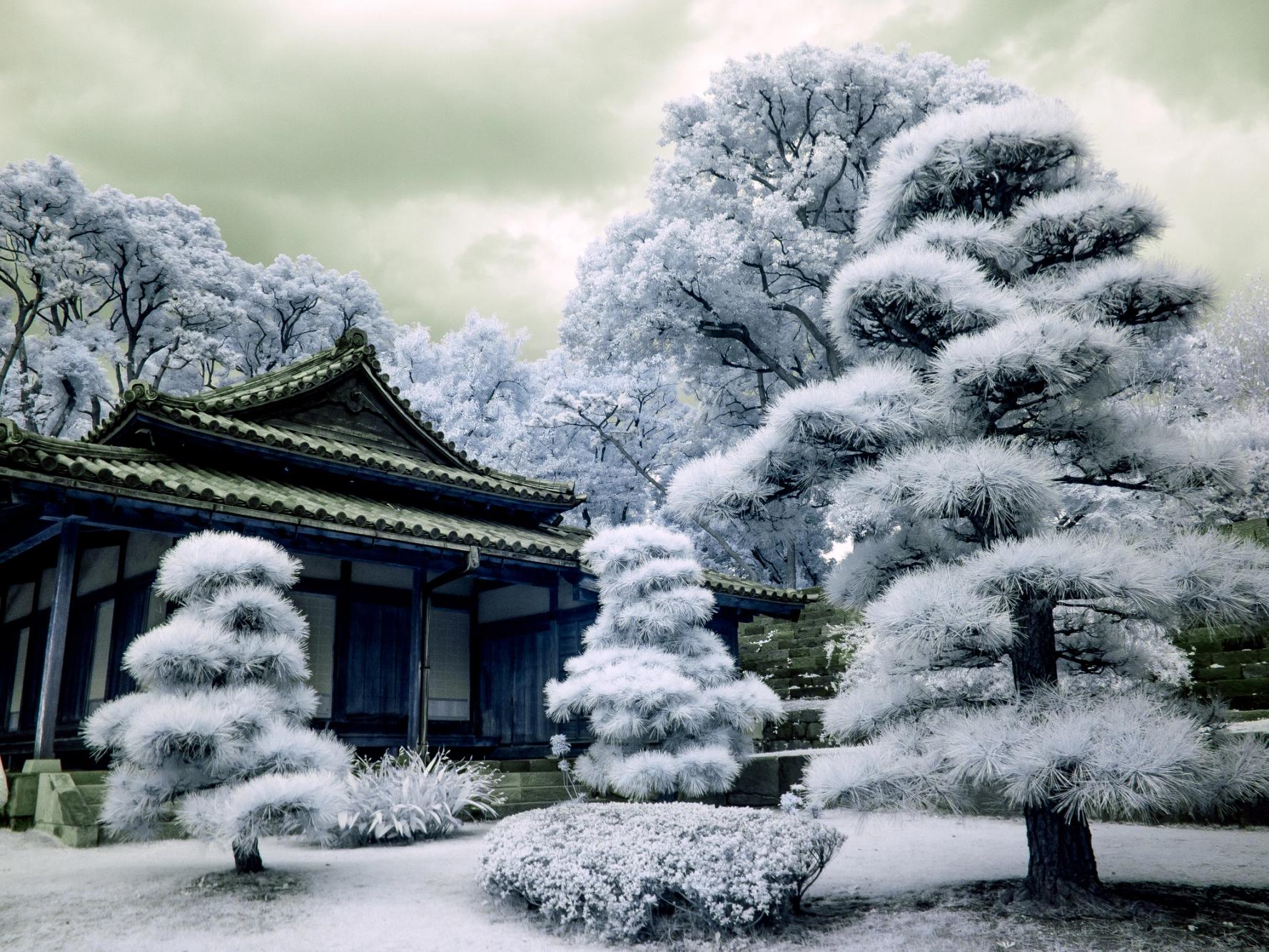
Tuesday, April 9, 2024 – Photo of the Day – Shanghai, China

Where in the World Are We?
We are in Shanghai, China, in Southeast Asia.

SHANGHAI, CHINA
CHINA’S PRIMARY HUB OF MODERNITY, INNOVATION AND FUTURISM
Shanghai’s cuisine is a little like the city’s history: rich and varied. Although, unlike Vietnam, Western influences have
completely disappeared from the city’s delicacies, influences from neighbouring regions are sometimes felt, and
Shanghai is recognised as having one of the best cuisines in China. Here are the local culinary specialities you should
try, in one of the city’s many Michelin star restaurants or, for the more adventurous, in the popular stalls.
Among these emblematic culinary specialities is a curiosity: xiaolongbao. This is a steamed ravioli with a very thin skin
that encloses a delicious stuffing of pork or vegetables, prawns or crab, as well as a delicious liquid broth. The result
is an explosion of flavour in the mouth that is not to be missed. The secret of the broth in the steamed ravioli? The
stuffing is mixed with meat jelly, which liquefies with heat.
Another curiosity: jiàohuā jī or beggar’s chicken, whose origins date back to the Qing dynasty (164-1911). The chicken
is stuffed and marinated, then wrapped tightly first in lotus leaves, then in wax paper and finally in… mud. The whole
thing is cooked at a low temperature for 6 hours for a melting, fragrant meat. You don’t eat the mud, the wax paper or
the lotus leaves, of course. Ravioli again for a first-rate snack: shengjianbao or fried dim sum. The pork stuffing, with
sesame or shallots, is contained in a ravioli that is fried in a wok. The result is a dim sum that is crispy on one side and
perfectly soft on the other. Quite simply, a delight.
Another classic Shanghai dish, Hong Shao Rou is a sweet, caramelised pork belly cooked and served in a brown sauce,
a mixture of Shaoxing sauce, soy sauce and a little sugar. It is served with hard-boiled eggs decorated with trunks of
cebettes. With its location between the sea and the river, Shanghai is a great place for fish and seafood. Try it if you can
find it: Shànghǎi máoxiè or steamed crab. With their inimitable taste, these river crabs are steamed, tied together in
bamboo containers. The flesh is so delicious that it can be eaten as is, perhaps with a little vinegar.
Let’s finish this tour of Shanghai with Qingzheng yù. As much as Shànghǎi máoxiè is cooked in its natural state, this
steamed, marinated fish with spices is much more elaborate. The fish, usually carp, is marinated and smoked before
being fried for a crispy skin and tender, fragrant flesh, all enhanced with chillies. Bon appetit!
SHANGHAI WILDLIFE PARK
Shanghai Wild Animal Park is the first national grade wild zoo and is one of China’s biggest wild animal parks and covers an area of 153 hectares. There are over 200 rare species and over 10,000 animals from all over the world, including giraffe, zebra, white rhinoceros and hunting leopards. Some indigenous animals under special protection include giant pandas,
golden monkeys, south-china tigers, and Asian elephants and many others.
SIGHTS
- Jing’an Temple
- People’s Square Park
- Longhua Temple
- Shanghai Science and
Technology Museum - China Art Museum
Today’s Excursion – The Water Town of Zhujiajiao
We ventured beyond the modern metropolis of Shanghai to discover one of East China’s traditional waterside towns on this intriguing, full-day excursion. Situated beside the Dianshanhu Lake, Zhujiajiao illustrates the customs and culture of old-world China.
Zhujiajiao Water Town and its canals
We traveled out of Shanghai past rustic farms and rippling fields of rice to Zhujiajiao, an ancient water town well-known
throughout the country with a history of more than 1,700 years. Covering an area of 18 square miles, the little fan-shaped town glimmers like a bright pearl in the landscape of lakes and mountains.
Endowed with another elegant name – Pearl Stream – the little town is the best-preserved among the four ancient towns in Shanghai. Unique old bridges across bubbling streams, small rivers shaded by willow trees, and houses with attached courtyards all transport people, who are living amidst the hustle and bustle of the modern big city, to a world full of antiquity, leisure and tranquillity.
We leisurely make our way along meandering streets and narrow alleyways on foot. We admired Zhujiajiao’s numerous stone bridges and centuries-old buildings of white wall or black brick. Reminiscent of Venice’s canals, local women display their wares from wooden boats bobbing in the water. Although this community boasts 36 moss-covered bridges, the most famous
is the five-arched Fangsheng Bridge, a remnant of the Ming dynasty.
Daqing Youju post office and Tongtianhe Traditional Chinese Pharmacy
We continued our exploration at Daqing Youju, a post office that dates back to the Qing dynasty, the only remnant of its kind in East China. Visit the Tongtianhe Traditional Chinese Pharmacy, the largest in Zhujiajiao that accounted for almost half of the business scale of all pharmacies in the area in late Qing dynasty. For centuries, this Pharmacy has established its fame among the locals as it has adhered to the principle of ‘Healing the Pain & Saving the Life’ based on traditional Chinese ethics and medical culture. Today, the essence of traditional business and prescription practices as well as the original ‘Shikumen’-style front gate and some of the old furniture have been well retained.
A traditional Chinese – style lunch
A traditional lunch of Chinese-style cuisine is served at a local restaurant.
Silk Factory
Following lunch, we visited a silk factory where we observed some of the ancient techniques in producing this elegant fabric. We saw the workers removing the fibres from cocoons before winding them onto spools, and how the fibres are woven into silk threads.


















































TONIGHT’S LOCAL SHOW – ACROBATIC PERFORMANCE
For more than 2,000 years, the Chinese have practiced the art of acrobatics.
Although elements of acrobatics appeared prior, the time of the Han Dynasty (221 BC-220 AD) saw on-stage displays with music.
The artists combined aspects of their daily life with their individual and group talents, resulting in feats such as balancing on chairs and tables, jar tricks, ropewalking and pole-climbing. Between the 7th and 10th centuries, performances of acrobatics were often held at the imperial court.
We watched in amazement as the troupe performs some of the best acrobatic art in China.
The troupe, founded 20 years ago, is renowned in acrobatic circles, having toured many countries during the last decades. In an exuberant performance that combined breath-taking acrobatics, martial arts, enchanting
music, and spectacular magic tricks, the award-winning troupe captures the essence of life’s energy in a celebration of ancient and modern Chinese culture.

Dinner was in The Restaurant.






Check out today’s Chronicle.

